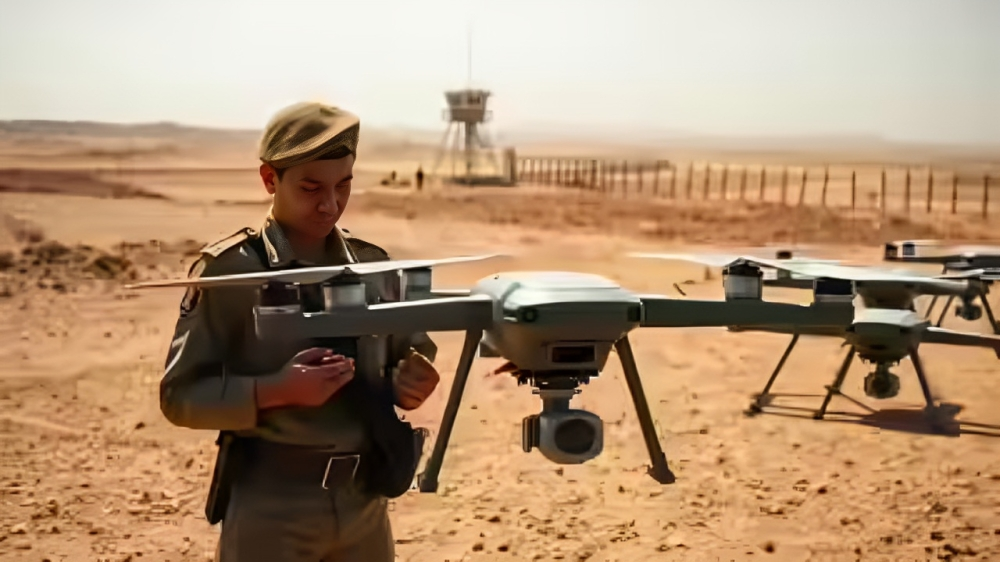In a major step towards enhancing India’s border security, the government has approved the formation of dedicated drone squadrons within the Border Security Force (BSF) to counter cross-border threats, including enemy drones, and to launch precision strikes when required.
The move comes in the wake of Operation Sindoor, a four-day military engagement between May 7 and May 10, during which Pakistan deployed nearly 1,000 unmanned aerial vehicles (UAVs) to target Indian military and civilian infrastructure.
According to officials, the upcoming squadrons will operate from sensitive BSF border outposts (BOPs) located along the 3,323-km India-Pakistan border, stretching from Gujarat to Jammu and Kashmir. The drone units will be equipped with a range of UAVs for surveillance, reconnaissance, precision attacks, and kamikaze missions.
“Select BSF personnel with technical backgrounds are already being trained in drone operations,” an official said. Training includes surveillance, precision and swarm drone attacks, enemy drone engagement, radar blinding, and signal jamming. Each selected BOP is expected to have 2–3 trained personnel, supervised from a central command centre in Chandigarh.
Senior government officials are coordinating with foreign and domestic drone manufacturers to procure suitable platforms for the squadrons.
“Post Operation Sindoor, this became a top priority and the government has made it clear there will be no funding constraints,” another official said.
The BSF played a key role in neutralising enemy drones and destroying 118 Pakistani posts during Operation Sindoor, which was launched in response to the April 22 terror attack in Pahalgam that killed 25 tourists and a pony walla.
The BSF currently manages 687 border outposts, while the Indian Army secures the Line of Control (LoC). In addition to drone capabilities, the BSF will also strengthen bunkers and structures near BOPs to protect personnel from cross-border offensives.
The new drone initiative is part of India’s broader effort to modernize its border defence architecture and maintain tactical superiority in the face of evolving threats.













